Internet speeds have come a long way in recent years. Fibre-to-the-home is now the go-to for most of us. And, in recent times, it’s kicked it up a notch with UFB plans galore. However, it may well be that your household doesn’t require top-of-the-line, blisteringly fast broadband. So, how can you settle on the right UFB broadband plan and avoid paying extra for surplus speed?
In this article we’ll look at:
UFB plans: what options are there?
Weighing up your household requirements
UFB plans in New Zealand
Broadband capabilities: UFB speed options
Broadband speeds are expressed as Mbps (megabits per second), which is the measurement of how fast data can be transferred over a connection. As we look at below, UFB has a significantly higher download/upload speed ceiling than other broadband technologies.
Network infrastructure company Chorus lists the following UFB plan types (providers may use different marketing terminology).
| UFB plan | Download (Mbps)* | Upload (Mbps)* |
| Fibre Starter | 50 | 10 |
| Fibre 300 | 310.5 | 110.3 |
| Fibre Pro | 859.1 | 502.7 |
*Average 24/7 download/upload speeds as detailed in the Commerce Commission’s Measuring Broadband New Zealand (MNBZ) June 2022 report (the Fibre Starter plan is not yet measured in the report).
To put these speeds into context, the following are the report’s average 24/7 speeds for other broadband technologies.
| Broadband type | Download (Mbps) | Upload (Mbps) |
| Fixed wireless (4G) | 35.7 | 17.9 |
| ADSL | 8.6 | 0.7 |
| VDSL | 40 | 10.1 |
As these figures demonstrate, whichever UFB plan you choose provides a significant speed boost over other broadband technologies. This means that if speed is your primary concern, UFB needs to be your focus.
However, it’s also worthwhile noting that the ongoing 5G rollout is paving the way for a significant boost in mobile network speeds. While the rollout is still in its initial stages, 5G is poised to bring further diversity to the market over the coming years.
Meanwhile, Hyperfibre broadband, which Chorus promotes as “the next generation of fibre technology”, provides significantly faster UFB speeds yet again. It’s yet to be widely offered by providers, however, there are a handful of hyperfibre plans available offering speeds up to a whopping 8000mbps!
→Related article: Best Broadband Plans to Keep Up with your Gaming Needs
Weighing up your household’s broadband requirements
There are a number of factors you need to take into account when weighing up suitable UFB plans. When getting started, it helps to frame your household’s broader broadband requirements, both in terms of general day-to-day use and peak capacity required.
To do this, you need to identify where the majority of your household’s usage comes from, and the cumulative impact of accessing multiple online services simultaneously.
While download speeds will be the focus for most households, it’s also important to consider upload speeds:
- Download – is the measure of how fast data is transferred from the internet to a device
- Upload – is the measure of how fast data is transferred from a device to the internet
While download speeds are the key selling point of plans, keep in mind that there is a range of commonly used online services for which you’ll also require upload capacity (we’ve looked at this in further detail below).
So, to start off, it’s worthwhile considering:
- Number of people – how many people live in your household and are likely to access the internet at the same time?
- Number of devices – from smartphones to smart TVs, how many devices will access your household’s broadband connection?
- Services – what sort of online services will be used on a regular basis?
This will give you a broad overview of your household’s general internet requirements. Of course, more people accessing the internet and more devices being used will lead to greater broadband demand. It’s also important to consider how this is likely to evolve over time.
Next up, cast an eye over the types of services typically used in your household:
- Video streaming – Netflix recommends a download speed for SD-quality TV shows and movies of 1Mbps, 3Mbps for 720pHD, 5Mbps for 1080pHD and 15Mbps for 4K/UHD
- Gaming – Microsoft recommends minimum download/upload speeds of 3/0.5Mbps for online gaming
- Video calling – Microsoft recommends download/upload speeds of 1.5/1.5Mbps for Skype HD video calling
- Other services – from web browsing to scrolling social media, plan for usage in the region of 1-10Mbps at any one time
Of course, your speed requirements will ebb and flow throughout the day. However, it’s worthwhile erring on the side of overestimating your requirements, meaning you’ll have extra capacity on hand for when required.
So, what plan should you sign up for?
Unsurprisingly, New Zealanders continue to gravitate towards faster broadband plans as the UFB rollout continues around the country. This is, of course, to be expected as increasingly faster plans become more widely available.
Crown Infrastructure Partners’ most recent Quarterly Connectivity Update reveals that 86.2% of New Zealanders can now access UFB, with an uptake of 69%.
According to the report:
- Most popular speed option – 300Mbps plans make up 48% of connections
- Need for speed – 1+Gbps (1000 Mbps) plans are the second most popular choice (22% of connections)
- Average speed – the overall average speed of UFB connections is 405Mbps
For most households a 300Mbps plan will likely be more than enough, leaving room to grow as more devices are connected and online services used.
For instance, a 300Mbps plan will cater for the following hypothetical usage (with ample leftover capacity):
- One Netflix UHD stream running on a smart TV – 15Mbps
- One Netflix HD stream running on a tablet – 5Mbps
- A video call being made on a smartphone – 1.5/1.5Mbps
- Two other smartphones variously being used for web browsing, scrolling social media and streaming YouTube videos – 10Mbps
- Online gaming – 3/0.5Mbps
- A range of other devices including smart speakers, smart security cameras and smart appliances – 10/5Mbps
Keep in mind that the number of connected devices in the average household continues to grow, and it may well be a case of the faster the better to accommodate the combined demands of a range of devices.
Also be aware that, beyond signing up for a fast broadband plan, you’ll need to ensure that your router is up to the task and that your broader home network is set up efficiently and geared for speed.
As we look at below, many providers offer plans in the region of 300/100Mbps, which has become the standard UFB plan speed. Some offer more basic reduced speed plans, while the step-up in price to 1Gbps plans typically isn’t too steep.
UFB broadband plans and pricing
The following is a selection of UFB plans currently on offer from providers around the country. As noted above, providers may use different marketing terminology when referring to different speed and plan types.
Now
Now’s UFB plans are available on 12-month fixed terms. Customers have the option of purchasing a router for an additional one-off or monthly cost (pricing depends on the model purchased), or using a BYO router.
A home phone line can also be added at a cost of $5 per month.
| Plan | Monthly data | Download/Upload (Mbps) | Cost (per month)* |
| 125GB | 125GB | 300/100 | $75 |
| Unlimited | Unlimited | 300/100 | $85 |
| Ultra | Unlimited | 900/400 | $99 |
| Epic | Unlimited | 900/400 | $115 |
Skinny
Skinny offers two unlimited fibre plans. Both plans are available on an open-term or 12-month fixed contract. On a fixed-term contract, you get a free modem (usually $99, $10 shipping fee applies) and free installation (usually $49). There is also a current promotion offering three months free when you sign up for a 12-month contract (the below prices do not account for the free three months).
| Plan | Monthly data | Download/Upload (Mbps) | Cost (per month)* |
| Unlimited | Unlimited | 300/100 | $78 |
| Unlimited | Unlimited | 900/500 | $98 |
2degrees
2degrees fibre plans come in at a great price on a 12-month fixed-term contract. Customers with an eligible 2degrees mobile plan can get an extra $10 per month off the price of the plan, and both options come with both Prime Video and Neon for six months. 2degrees provides free modem rental ($15 shipping) on the fixed-term plan and the option to add a landline.
Prices and benefits differ if signing up on an open-term plan option.
| Plan | Monthly data | Download/Upload (Mbps) | Cost (per month)* |
| Unlimited | Unlimited | 300/100 | $75 |
| Ultimate Unlimited | Unlimited | 900/500 | $90 |
Slingshot
Slingshot has three fibre plans. All plans have a minimum signing-on term of six months, and when bundled with other Slingshot products (such as power or insurance) you can save on your broadband plan. Modems are not available to purchase but can be rented for an extra $5 per month, or you can BYO.
Both the Unlimited and Unlimited Gigantic plans can be paid on a weekly, fortnightly or monthly basis.
| Plan | Monthly data | Download/Upload (Mbps) | Cost (per month)* |
| 150GB | 150GB | 300/100 | $64.95 |
| Unlimited | Unlimited | 300/100 | $79.95 |
| Unlimited Gigantic | Unlimited | 900/500 | $94.95 |
Orcon
Orcon’s UFB plans are available on 12-month fixed terms. Customers have the option of including a router with their plan (ranging from free to paid options) or using a BYO router.
A home phone line can also be added at a cost of $10 per month.
| Plan | Monthly data | Download/Upload (Mbps) | Cost (per month)* |
| Fibre | Unlimited | 300/100 | $89.95 |
| Fibre Pro | Unlimited | 900/500 | $99.95 |
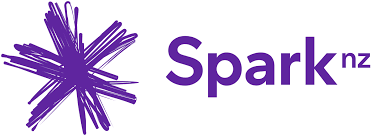
Spark
All of Spark’s UFB plans are available on open terms. Customers have the option of purchasing a router for $106.20 or using a BYO router. The Essential and Max plans also include a Netflix Standard (HD) subscription.
Customers have the option of purchasing a landline at an additional cost of $10 per month.
| Plan | Monthly data | Download/Upload (Mbps) | Cost (per month)* |
| Everyday Fibre | Unlimited | 50/10-20 | $70 |
| Essential Fibre | Unlimited | 300/100 | $85 |
| Max Fibre | Unlimited | 900/500 | $100 |
My Republic
My Republic is known for high-speed plans (including Hyperfibre) and gamer-catered plans. You can rent a modem for $1 per month, or upgrade to a TP-Link Deco M5 Mesh for $5 per month. The below plans can be upgraded to Gamer plans for an additional $10. This includes Includes Gamer Support & Static IP.
| Plan | Monthly data | Download/Upload (Mbps) | Cost (per month)* |
| Fibre 300 | Unlimited | 300/100 | $79 |
| Fibre Pro | Unlimited | 900/500 | $89 |
Vodafone
Vodafone’s UFB plans are available on either an open term with a BYO router or a 12-month fixed term with a router included (at an additional cost of $4 per month). Customers with an eligible Vodafone pay monthly mobile plan can save $10 per month.
A home phone line can also be added at a cost of $10 per month.
| Plan | Monthly data | Download/Upload (Mbps) | Cost (per month)* |
| Fibre | Unlimited | 300/100 | $79 |
| Fibre Max | Unlimited | 900/500 | $99 |
→Related article: Vodafone SuperWifi: What Is It and Is It Worth the Money?
*Further information on pricing can be found at individual provider websites. This should be used as a starter guide and not considered an actual quote.
Compare broadband providers for free with Canstar!
About the author of this page
![]() This report was written by Canstar author Martin Kovacs. Martin is a freelance writer with experience covering the business, consumer technology and utilities sectors. Martin has written about a wide range of topics across both print and digital publications, including the manner in which industry continues to adapt and evolve amid the rollout of new technologies
This report was written by Canstar author Martin Kovacs. Martin is a freelance writer with experience covering the business, consumer technology and utilities sectors. Martin has written about a wide range of topics across both print and digital publications, including the manner in which industry continues to adapt and evolve amid the rollout of new technologies
Enjoy reading this article?
You can like us on Facebook and get social, or sign up to receive more news like this straight to your inbox.
By subscribing you agree to the Canstar Privacy Policy


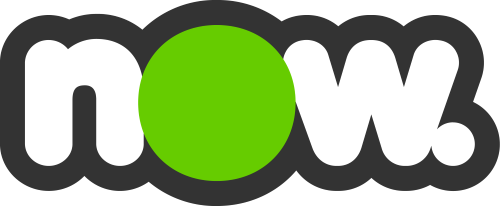
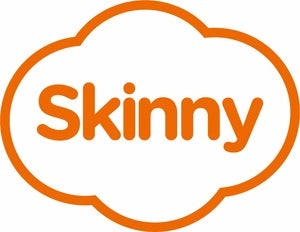
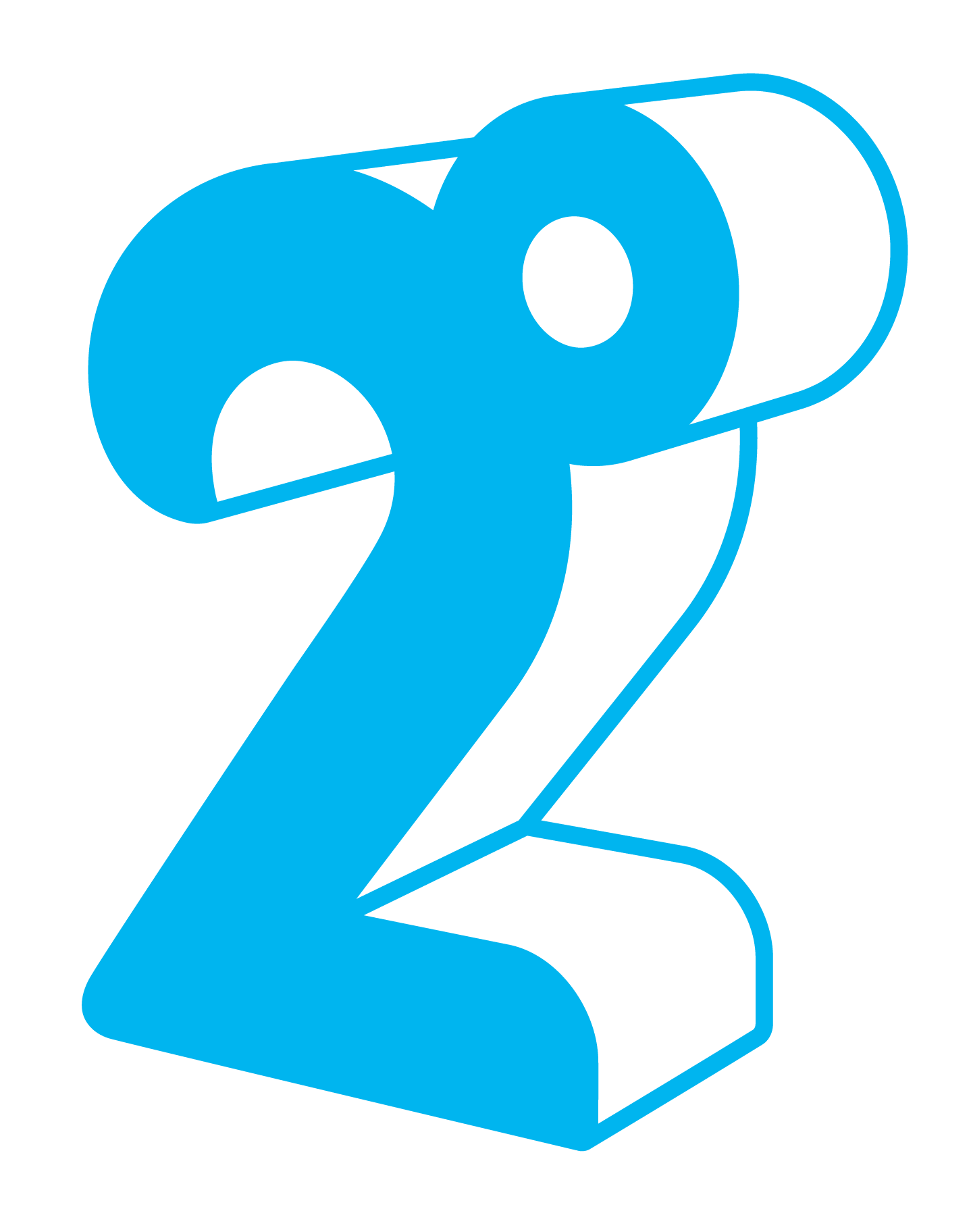
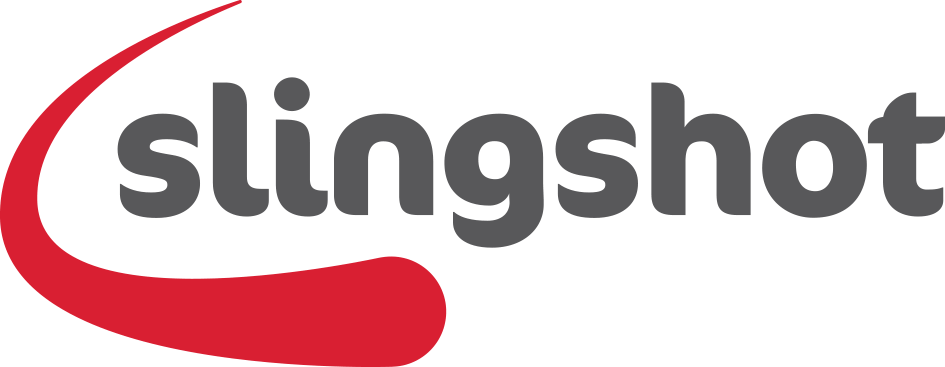

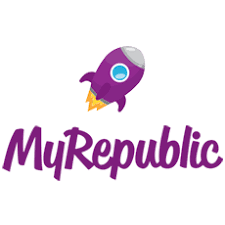

Share this article